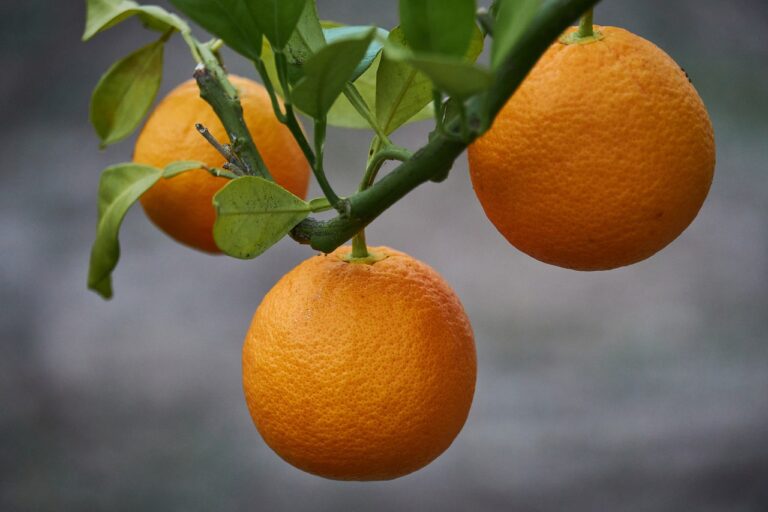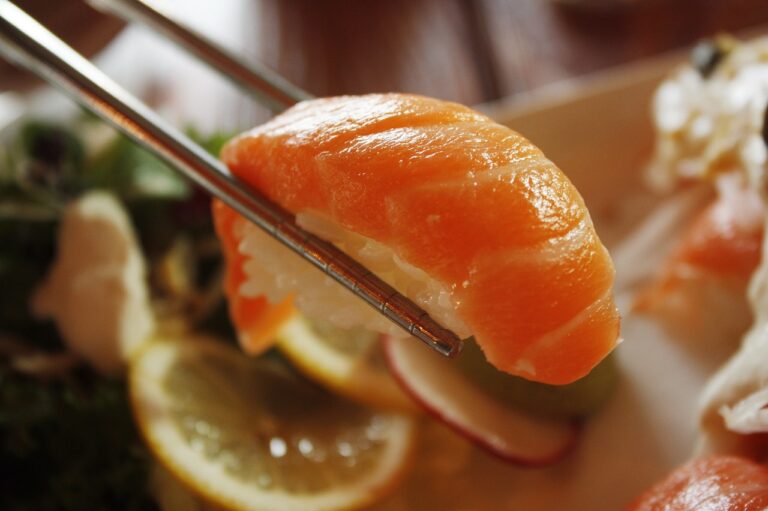The Surprising Origins of Everyday Foods
Potatoes, a staple food in many cuisines today, have a fascinating history that begins in South America. Indigenous peoples in the Andes region cultivated various types of potatoes for centuries, recognizing the tuber’s nutritional value and adaptability to different growing conditions. The Incas, in particular, held the potato in high regard, using it not just for sustenance but also for medicinal purposes.
It wasn’t until the Spanish explorers arrived in the Americas in the 16th century that the potato’s journey to Europe began. Initially met with skepticism and reluctance due to its unfamiliarity and perceived association with leprosy, the potato eventually gained acceptance as its merits became more widely recognized. The crop’s ability to grow in diverse climates and provide a reliable source of nutrition made it a valuable asset, leading to its widespread cultivation across Europe and beyond.
Tomatoes: Once Feared as Poisonous
Once shunned as a toxic fruit, the tomato has a tumultuous history. Believed to be deadly due to its similarity to the infamous nightshade plant, early Europeans were wary of consuming tomatoes. However, as explorers brought back new varieties of this vibrant fruit, perceptions began to shift.
Over time, the tomato’s reputation transformed from poisonous to a staple ingredient in many cuisines around the world. Its rich flavors and versatility in dishes quickly won over skeptics, leading to widespread cultivation and consumption. Today, it is hard to imagine Italian cuisine without the beloved tomato or salsa without the essence of this once feared fruit.
Chocolate: The Drink of the Gods
Chocolate, originating from the cacao plants of Mesoamerica, was once considered a divine drink enjoyed by the elites. The ancient Mayans and Aztecs revered chocolate for its richness and flavor, using it in religious ceremonies and as a symbol of wealth and power. The cacao beans were even valued so highly that they were sometimes used as a form of currency in these civilizations.
When the Spanish conquistadors arrived in the Americas, they were introduced to this cherished drink. Initially, they were skeptical of its bitter taste and unfamiliar preparation methods. However, through trade and experimentation, chocolate gradually made its way to Europe, where it underwent transformations to suit European tastes. Over time, chocolate became a beloved treat across the continent, with innovations in processing techniques leading to the creation of the solid chocolate bars and confections that we know today.
Where did chocolate originate from?
Chocolate originated from Mesoamerica, where it was considered the drink of the gods by the Mayans and Aztecs.
How was chocolate consumed in ancient civilizations?
In ancient civilizations, chocolate was consumed as a bitter drink mixed with spices and sometimes even chili peppers.
When was chocolate introduced to Europe?
Chocolate was introduced to Europe in the 16th century by Spanish explorers who brought it back from the New World.
How did the perception of chocolate change in Europe?
In Europe, chocolate was initially consumed as a drink by the elite, but eventually it became popular among all social classes in various forms such as bars and confections.
What are some health benefits of chocolate?
Chocolate is rich in antioxidants and can improve heart health, mood, and brain function when consumed in moderation.
Can chocolate be harmful if consumed in excess?
Consuming large amounts of chocolate high in sugar and fat can lead to weight gain and other health problems, so it’s important to enjoy it in moderation.







